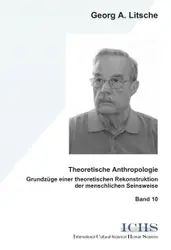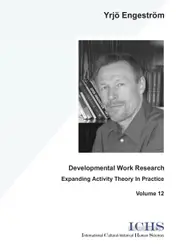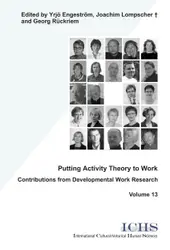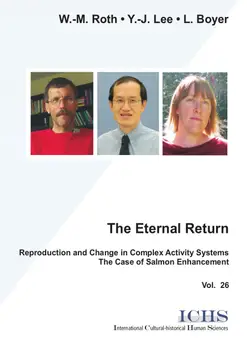Cultural-historical activity theory frequently is used as a framework for studying static situations statically. In this book, the authors implement Lev Vygotsky’s call for doing unit rather than element analysis by studying activity dynamically, across different spatial and temporal scales. The eternal return, that is, the continual production of change while reproducing the system, is taken as the central metaphor for a system that produces self-movement. A case study is provided of salmon enhancement in British Columbia (Canada), linking the 120-year cultural history of this activity, with the 30-year evolution of a fish hatchery that concretely constitutes the system in one of the possible ways, and the knowing and learning of individual fish culturists, which is analyzed at the time scales of five years down to the micro-evolution of individual conversations. Most importantly, the authors implement Vygotsky’s call for theorizing affect and emotion at the very heart of the activity system, showing how the eternal return allows us to under-stand the change of worker involvement and identification with the goals of their workplace.

Ein Diamant schleift den anderen
book
Lernkultur Kompetenzentwicklung aus kulturhistorischer Sicht
Joachim Lompscher
book
Die Schule Gal'perins
book
Gehirn, Geschichte und Gesellschaft
book
Theoretische Anthropologie
Georg A Litsche
book
Aspects of the Dialogical Self
book
Developmental Work Research
Yrjö Engeström
book
Putting Activity Theory to Work
book
Participation, Learning, and Identity
Wolfgang M Roth, SungWon Hwang, Maria I Goulart, Yew Jin Lee
book
Lerntätigkeit - Lernen aus kultur-historischer Perspektive
Hartmut Giest, Joachim Lompscher
book
Aleksej N. Leont'ev
book
Erinnerungen für die Zukunft - Pädagogische Psychologie in der DDR
book

